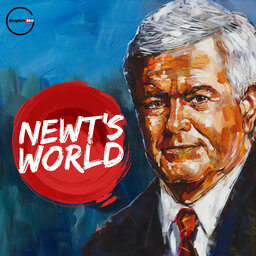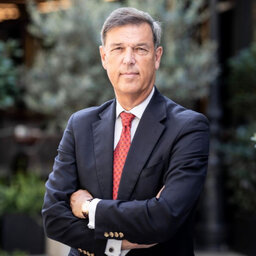Episode 740: The Best Of Newt's World - Finding Amelia Earhart’s Plane
Amelia Earhart was a pioneer in aviation. However, she would not live to her 40th birthday. During an attempt at becoming the first woman to complete a circumnavigational flight of the globe in 1937, Earhart and her navigator Fred Noonan, disappeared over the central Pacific Ocean near Howland Island. Her disappearance remains one of the great unsolved mysteries of the 20th century. For 87 years people have been trying to find her plane, a twin-engine Lockheed 10E Electra. Newt’s guest is Tony Romeo, CEO of Deep Sea Vision. He discusses the search for Earhart’s plane and his recent discovery.
 Newt's World
Newt's World


